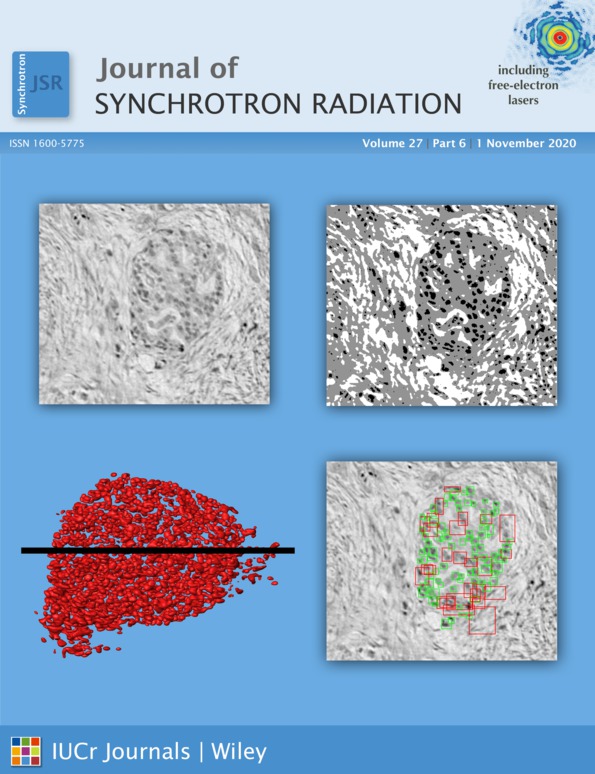Geometric determination of direction of dislocations using synchrotron X-ray transmission topography
Abstract
When performing transmission polychromatic beam topography, the extensions to the line segments of the diffraction images of a straight dislocation are shown to intersect at a single point on the X-ray film. The location of this point, together with the diffraction pattern recorded on the film by synchrotron radiation, gives the crystallographic direction [hkl] of the dislocation unambiguously. The results of two synchrotron topography experiments are presented. Very long dislocations found in the center of a large 450 mm-diameter Czochralski silicon crystal align with the growth direction [001]. In the other silicon sample, the dislocations are of mixed type and along the [011] direction.




